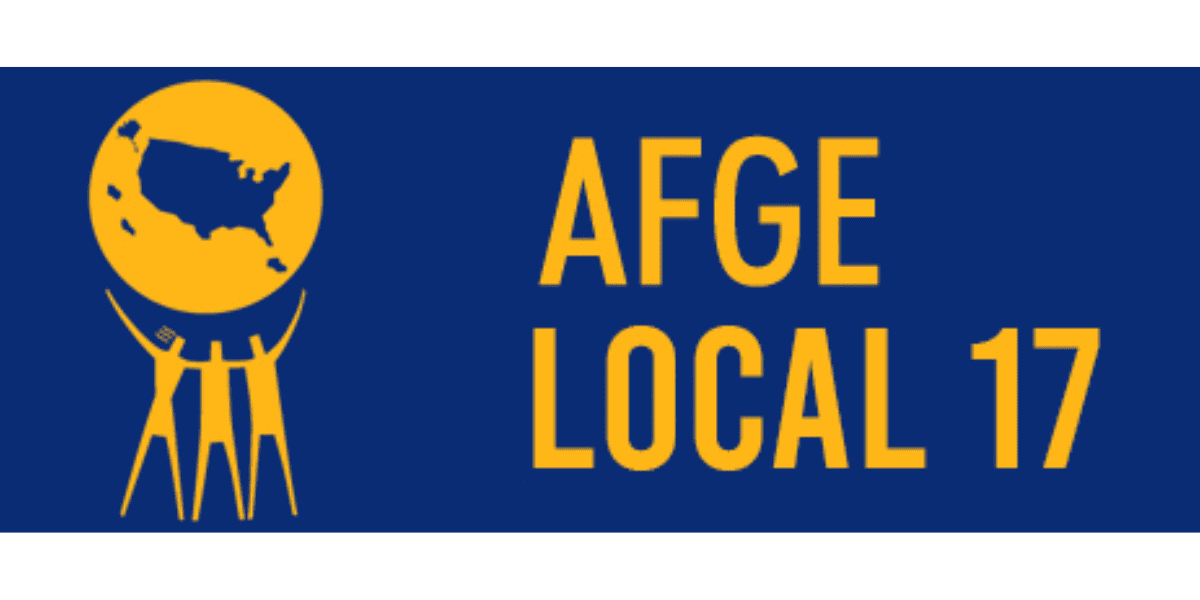MINNESOTA (Law360) — The Eighth Circuit recently declared that Minnesota’s antidiscrimination law doesn’t cover remote workers who don’t have a physical presence in the state, taking a decisive stance on a tricky issue that experts said will continue bedeviling courts even now that the worldwide COVID-19 crisis has ended.
The precedential decision Wednesday shut down the Minnesota Human Rights Act claims brought by an out-of-state remote worker for Minneapolis-headquartered medical device company Medtronic.
Former Medtronic senior director Jan Kuklenski, who said she was pushed out of her job because she took leave to recover from surgery, had taken periodic work trips to Minneapolis earlier in her tenure, but those stopped amid the COVID-19 pandemic and never resumed before her termination in 2021.
The Minnesota Human Rights Act limits its coverage to an employee “who resides or works in this state,” and the Eighth Circuit found in its decision this text dooms Kuklenski’s state law claims.
Experts said the question of which antidiscrimination law applies to an out-of-state teleworker was propelled to the fore by the COVID-19 pandemic, and while some companies are pushing to get people back into the office, the issue is here to stay.
“It’s going to persist. Many companies are requiring people to be in the office, so it hasn’t been as frequent, but most private sector companies are still allowing people to work remotely,” said Michael C. Fallings, a management-side attorney and managing partner of Tully Rinckey PLLC’s office in Austin, Texas.
Doug Lipsky, a co-founder of employment law firm Lipsky Lowe LLP who primarily represents workers, said the applicability of state laws to nonresident workers spawns confusion.
“This is an issue that has heightened over the past few years with the increase of remote working post-COVID,” Lipsky said. “Many employees, their instincts are that, if the company is based in New York, but I’m working in Texas, New York law should protect me. But that’s generally not the case.”
States are grappling with the issue differently.
The Eighth Circuit’s decision tracks with the rules in New York, for example, where out-of-state workers can only invoke state and city law’s prohibitions on workplace bias if the “impact” of the alleged discrimination is felt in New York.
That legal test was established by New York’s top court, known as the New York Court of Appeals, in 2010.
That court waded back into this discussion in early 2024, finding that under that precedent, the New York State Human Rights Law and the New York City Human Rights Law both protect nonresidents who aren’t employed but proactively sought jobs in the city or the state.
That decision prompted the Second Circuit to reboot a former Bloomberg reporter’s lawsuit alleging she was denied a job in Manhattan because she’s of South Asian descent. A federal judge in Manhattan also cited the New York justices’ decision in a mid-2024 ruling plugging state and city law claims back onto a New Jersey-based investment analyst’s disability bias suit against a New York firm.





